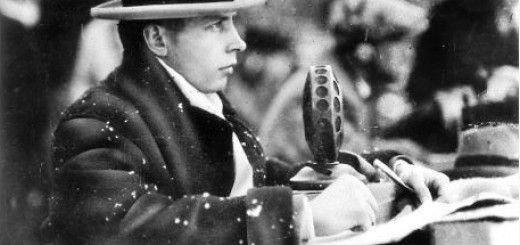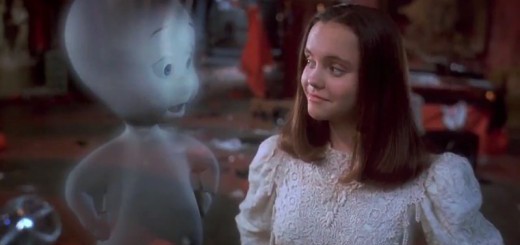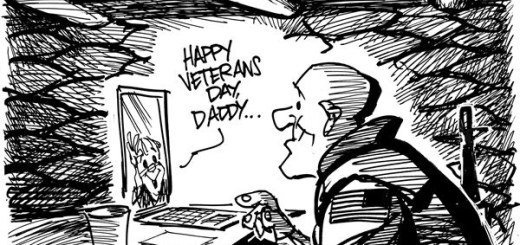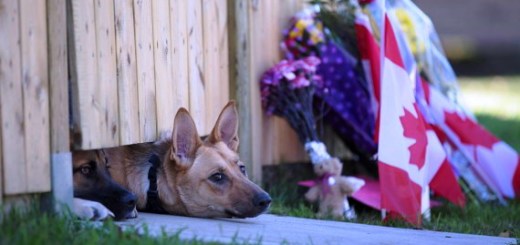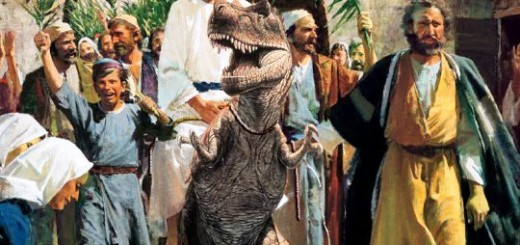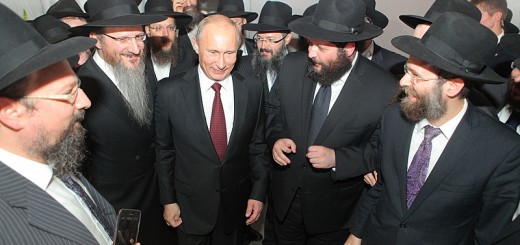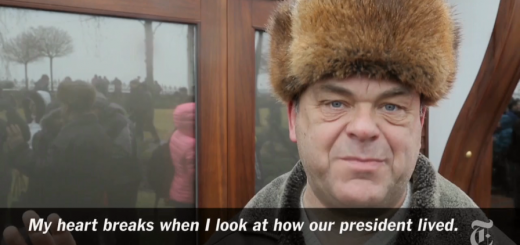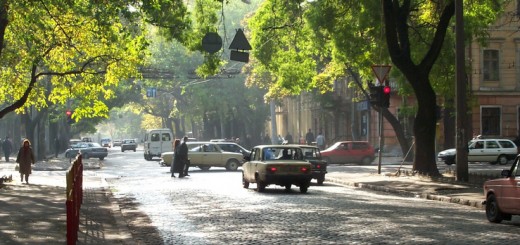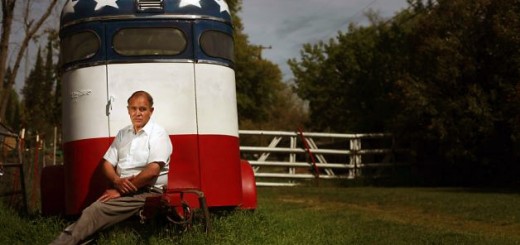Canadian Broadcasting Corporation (CBC)
An excerpt from the page, ‘The Story Behind Gravel Roads’:
As for myself — at least in spirit — there came a day when I knew, absolutely knew that those gravel roads would take me here, to this place, State-side.
That day was November 22, 1963.
. . . I scooted off to Auntie Tillie’s where we all watched the news coverage well into the wee hours of the morning. Hours of life and death played out in black and white. Even the local stations didn’t sign off at midnight with the usual test screen . . . .

Click here to view this CBC Television News Special which aired on November 22, 1963. Guests include John Diefenbaker, Tommy Douglas, Dwight Eisenhower, Lyndon B. Johnson, Lester B. Pearson, Adlai Stevenson, et al.
Television and radio north of the 49th parallel
This is another of those undeniable differences I referenced in “Neighbor to Neighbour.”
In its earliest days, 1922-1932 long before television, radio broadcasting stations were privately owned and regulated by the Radio Branch of the federal Department of Marine and Fisheries. Your eyes are not deceiving you any more than this statement of fact is. Not to diminish the role of said Department, it assumed this onerous responsibility from a practice dating back to 1905 when for security reasons it was deemed necessary to monitor and later regulate all wireless communications. National and international. This required private radio owners to acquire receiving-set licenses annually.
These regulatory burdens coupled with increasing costs and lack of funding for the private sector companies, prompted Prime Minister Mackenzie King in 1929 to establish the Canadian Royal Broadcasting Commission (CRBC) to investigate the matter.
A tactic not uncommon south of the 49th parallel, delay by committee.

William Lyon Mackenzie King, Prime Minister of Canada, Liberal Party, 1921-26, 1926-30, 1935-48, the longest serving prime minister in the history of the British Commonwealth.
The commission concluded that in the interests of maintaining and building a stronger broadcasting network, private broadcasters should be banished in favor of a few, high-power stations to be owned and operated by a government entity. And to prevent any further infiltration of American radio into Canada — four of the Canadian stations were affiliates of NBC and CBS in 1930 — the Mackenzie government passed the baton of execution, after losing the election in 1930, to its successor, the R. B. Bennet Conservatives.
Another tactic not uncommon south of the 49th parallel, passing the buck.

R. B. Bennett, Prime Minister of Canada, Conservative Party, 1930-1935. Meeting with American President Roosevelt to discuss the “New Deal,” circa 1935.
I don’t care to dwell on the machinations of any special committees, reports, the establishment of the CRBC, censorship, the Canadian Cavalcade, the CNR radio network, or any other activities claiming to advance the cause of broadcasting in Canada. I’ve mentioned these topics should your curiosity for more detail take you elsewhere. And so it should, since this type of mind-boggling minutiae will not be a part of this post, and is best left to the more scholarly or erudite on the subject, of which I am neither.
The grand finale: CBC Television
In 1932 the Radio Broadcasting Act was passed. In 1936 the government created the Canadian Broadcasting Corporation to produce, transmit and regulate any content broadcast across the Canadian airwaves. Thus was born the business of yet another publicly-government-owned entity (more commonly known as a Crown Corporation).
CBC Television launched operations in September, 1952 and today its programming extends across Canada utilizing an extensive “over-the-air” (as opposed to “cable”) network of stations, many of which are CBC-owned and operated, thanks to the financial support of commercial advertising and public funding. In October, 2006 the CBC acquiesced to a 24-hour schedule. Until then, stations would sign off typically between 1:00 and 6:00 a.m.
And JFK
That day was November 22, 1963.
I had just turned eight.
It was Indian Summer. I was in a small-town Saskatchewan school pressing maple leaves. Yes, pressing. My teacher was Mrs. Turtle. Yes, Turtle. The school bell sounded. It wasn’t time to go home, and yet it became time. Curious.
Which is where we started this post. That day, November 22, 1963.







